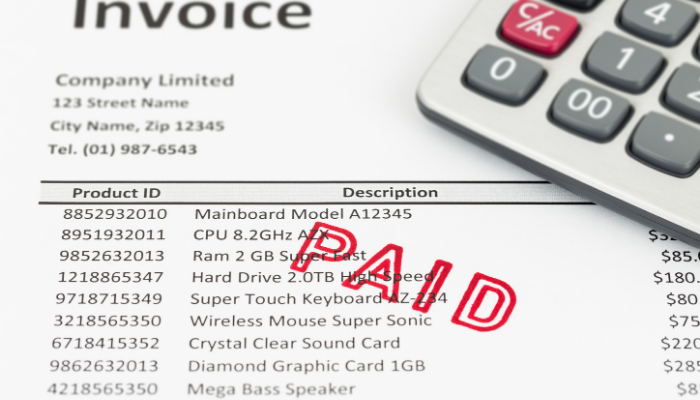

When your customers have paid their invoices, the factoring company then pays you the remaining balance, after the factoring fee is taken out. Since you sell your invoices to the factor, it is the factoring company that then collects payments from your customer or customers. Your business sells your outstanding invoices to the factoring company, which then provides an upfront payment that is usually 85% to 95% of the invoice total. In the case of invoice factoring, the company that gives you the loan is called the factoring company or a factor. Like with invoice financing, with invoice factoring, your unpaid invoices are the basis for your getting money from a lender. Invoice factoring is also sometimes called accounts receivable factoring.
#Invoice factoring vs invoice financing software#
Related: 5 Best Free Accounting Software Options What Is Invoice Factoring? What’s great about this is that it prevents you from having to wait to get your money, which is especially important if you need working capital. Once your customer pays the invoice, you then pay the lender back. With invoice financing, you can typically get up to 85% of your invoice upfront from the lender. The amount of your line of credit is determined based on the value of your invoices. Thus, in invoice financing or accounts receivable financing, your outstanding invoice acts as the collateral to secure you a line of credit or loan. If your company offers extended credit terms to customers - between 30 and 90 days - invoice financing lets you use your invoices as financial proof that you will be able to pay the lender back on a loan. The basic mechanism for how it works is based on the idea of your business expecting money to come in as represented by having an outstanding invoice. Invoice financing is sometimes known as accounts receivable financing. Read on to find the differences between invoice financing and factoring, and how you can use them to help get the money you need for your business. There are two notable forms of funding that are based on outstanding invoices:īoth can provide quick funding using your invoices as collateral, but they’re also distinct from each other. What’s more, you can use your unpaid invoices to actually secure funding for your business, such as for working capital needs. Unpaid invoices only serve to augment these challenges.įortunately, there are some options available for dealing with unpaid invoices. Cash flow and working capital are frequently cited by small business owners as one of their principal challenges.

Although you know that the money for the invoices will get repaid at some point, if you have customers who are slow to pay or have long repayment terms, your company’s cash flow could be seriously disrupted. Outstanding invoices can be frustrating for small businesses.


 0 kommentar(er)
0 kommentar(er)
